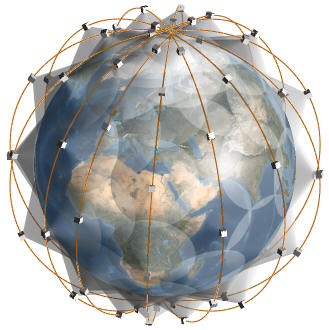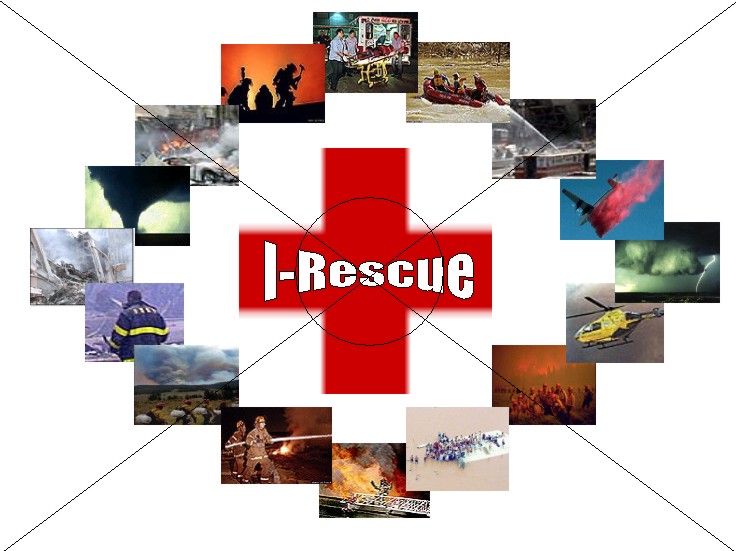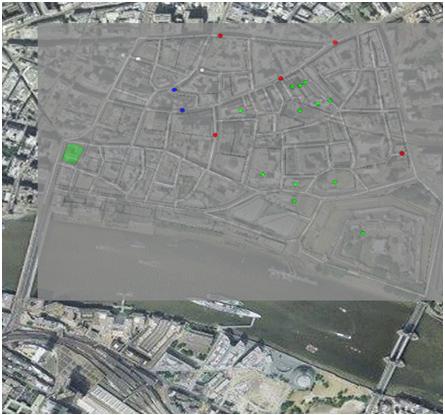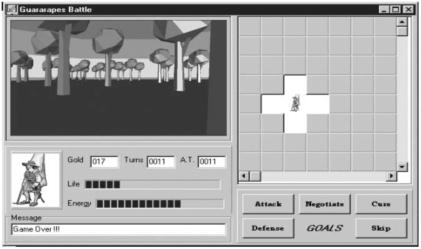|
|
This research investigates the use of simulators as evaluation environments – Benchmarks – to multiagent systems (MAS) and the idea of using such simulators, such as JaRTS, in competitions as a way to attract and motivate research in several areas of Artificial Intelligence (AI), such as planning or learning. We are also studying different strategic and tatics (pathfinding, patrolling, coordination, battle formation, plan recoginition, militar strategies, etc.), which can provide a better behaviour to agents in a team. |
| The wireless network evolution has allowed that the handset technology provides a broad and new set of resources and facilities to their users. However, this evolution is also increasing the number and complexity of testing prior to handsets deployment, so that test automation is an essential need to deal with this recent scenario. This project investigates all the steps toward the development of an architecture for handsets network test automation, from the test cases specification to the generation of final reports. Furtermore, we intend to evaluate the efficiency of this architecture via the performance of a sample of test cases, comparing the use of this full-automated approach to other methods of evaluation according to a set of pre-defined criteria. |
|

|
The use of Satellites Constellations (SC) is a new trend in space applications. Actually this approach brings several advantages, such as lower cost and better flexibility, if compared to the use of single large satellites. This project (site) investigates the requirements related to the planning and control of SC missions, focusing on temporal representation and reasoning aspects. Then we detail the integration of interval-based temporal concepts to a constraint-based planning architecture, discussing the extension of its representation language ( |

|
I-Rescue is a project from AIAI, The University of Edinburgh, leaded by Professor Austin Tate. The aim of this project is the creation and use of task-centric virtual organisations involving people, government and non-governmental organisations, automated systems, grid and web services working alongside intelligent robotic, vehicle, building and environmental systems to respond to very dynamic events on scales from local to global. |
| The Infrastructure Development for a London-based Disaster Test Scenario (site) is part of the e-response Project. Its aim was to develop a geographic information model based on part of the City of London, so that such an information could be used by the RoboCup Rescue simulator . The idea is to use this scenario to analyse and improve the performance emergency response teams in disaster situations such as the crash of an airplane in this area. |

|

|
This project proposed an architecture to support the implementation of synthetic actors that interact and communicate among themselves inside a virtual environment. The implementation viability of the architecture’s components, under the viewpoint of games development, was proved within the context of Guararapes Battle, a strategic game designed by our research group. Besides considering and evaluating this architecture, the work also argues for the viability and the impact of the use of intelligent agents as a convenient way to model characters of strategic games. |